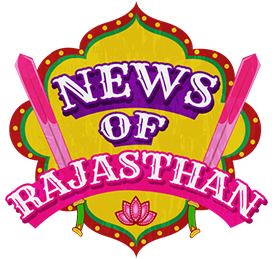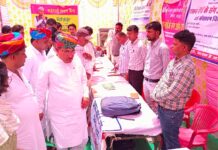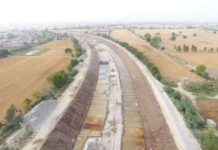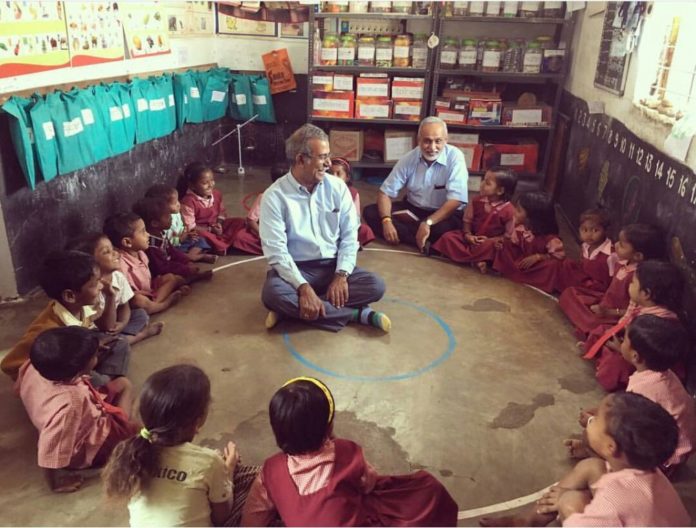
This Monday, Rajasthan chief minister Vasundhara Raje directed WCD and RDPR officers to identify the efficiency and potential of local anganwadis. The state is likely to turn them into ‘model anganwadi centers’ in India.
‘Anganwadi’ or courtyard shelters are village-based mother and child care centers in India—a courtesy of former Indian Prime Minister Ms. Indira Gandhi. These rural centers were launched as a part of ICDS (Integrated Child Development Services) program in 1975, to fight poor medical condition, unawareness, hunger, malnutrition and diseases prevalent in the villages. There are around 13.3 lakh Anganwadis all over India (as reported on January 31st, 2013).
Over the years, the Anganbadis lost their value due to negligence of subsequent governments, shortage of funds and disinterest of people. The situation is somewhat similar in Rajasthan, but CM Raje is determined to change it. On her trip to Karauli, CM Raje inspected public places as a part of ‘Aapka Zila, Aapki Sarkar’ (Your district, your Government) program. Seeing the deteriorating condition of a Karauli-based Anganwadi center, the CM instructed local officials to get it repaired soon.

This fueled her efforts to remodel all the Anganbadis across the state. Since Anganbadis are mainly responsible for imparting non formal pre-school education, supplementary nutrition, health check-up, food supplies, immunization, medicine, contraceptives, family counseling and mother/child healthcare in Indian villages, it’s essential that they’re furnished with the best resources and services.
Taking a step in this direction the CM chaired a meeting with Rajasthan women and child welfare department yesterday. She instructed the officers to identify anganwadi centers on the basis of their efficiency. Even the anganwadi workers will be identified on the basis of their performance. The government intends to develop these rural centers into model anganwadi.
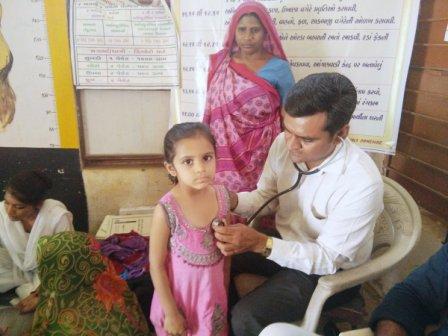
The officers were instructed to monitor timely construction and maintenance of all anganbadi centers. Efforts will be made to involve local residents, especially parents of young children, in anganwadi related activities. Congratulating Baran and Jhalawar administration for running a successful AAA programme, Raje encouraged other districts to fall into their footsteps.
The AAA programme focuses on strengthening coordination and working between frontline workers—Aanganwadi workers, ASHA workers and ANM (Auxiliary Nurse & Midwife).
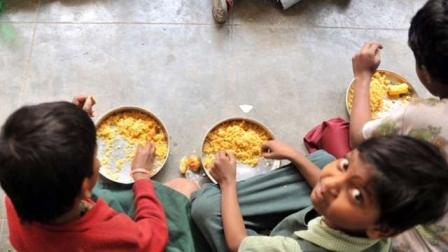
Raje, who seems determined to uplift the condition of women in children in Rajasthan villages, reviewed the progress of various announcements made under MNREGA, Rural Development and Panchayati Raj. In future, government will not just focus on enhancing the quality of local Anganwadis, but also make attempts to resolve land-related problems through Deen Dayal Upadhyay Patta distribution scheme.
Concurrently, they’ll issue checks for toilet construction, to accomplish their ODF goals. Other than these, water scarcity is yet another persistent issue in remote rural regions of Rajasthan. Mukhyamantri Jal Swavlamban, which is scheduled to start from June 30, aims at constructing/restoring 1.33 lakh water reservoirs to store and supply rainwater in the villages.
Collective public efforts are likely to change the fate of Rajasthan in the near future.
